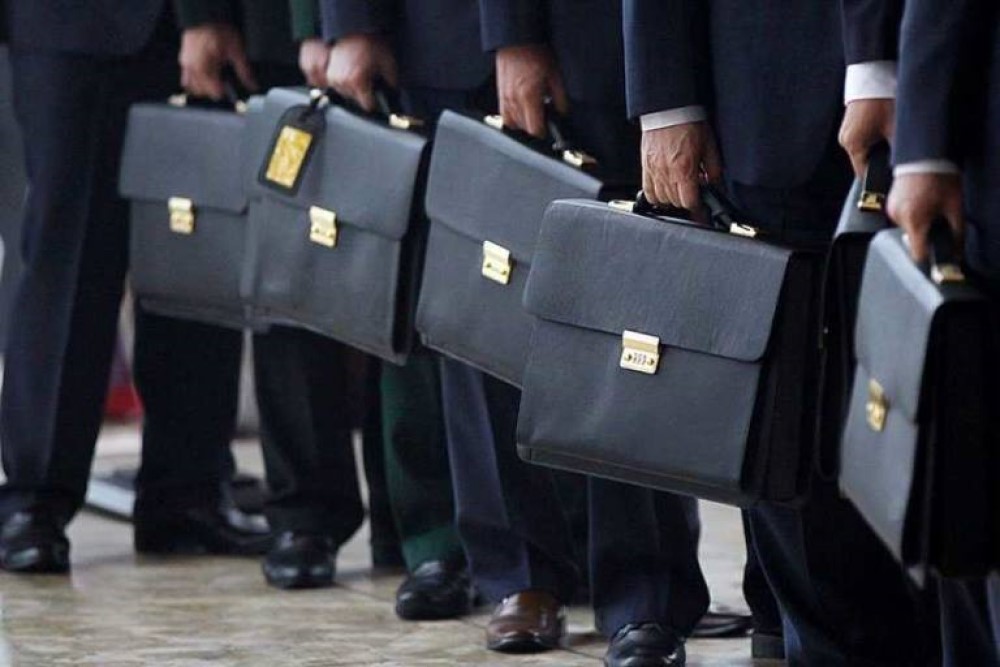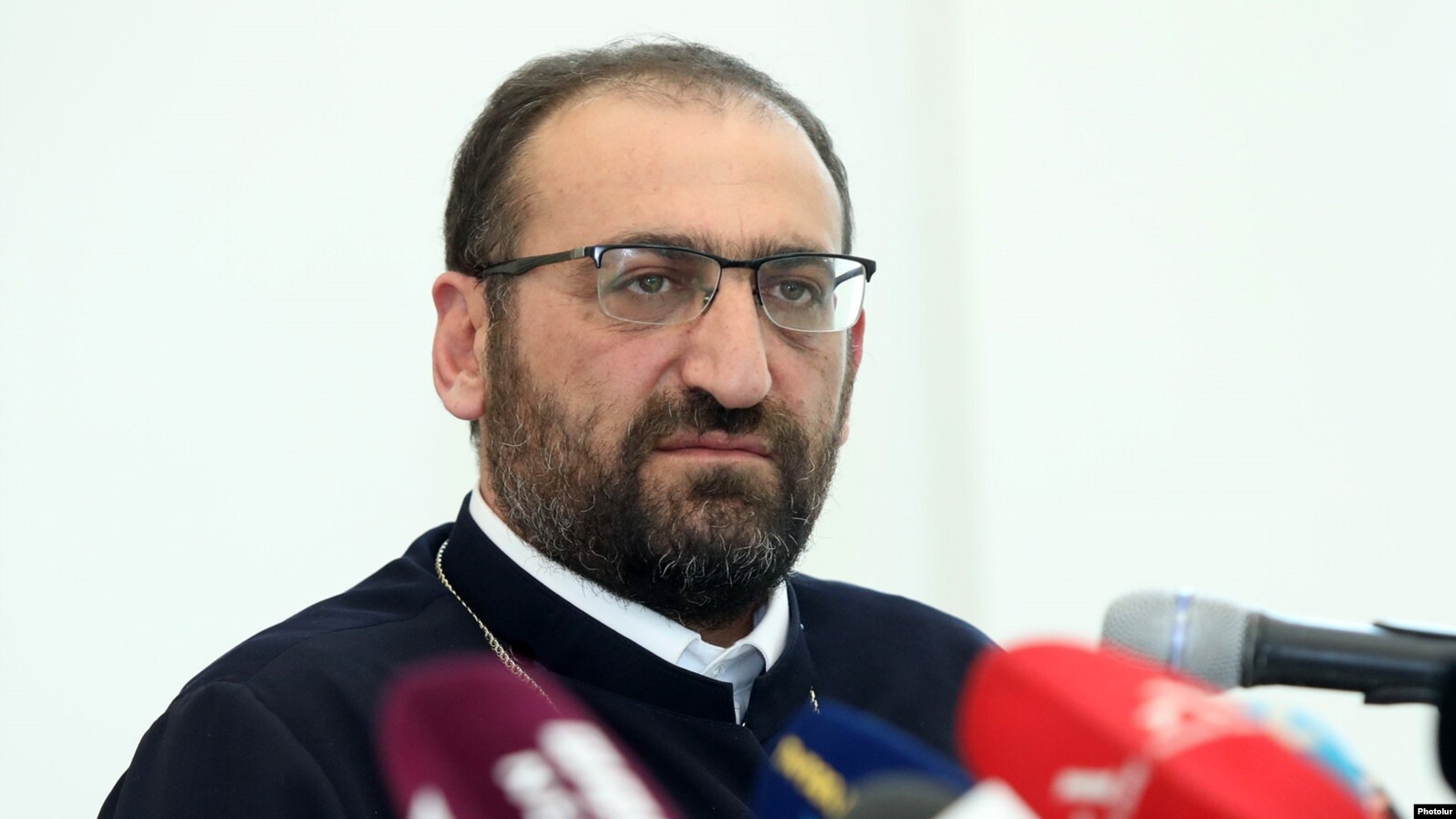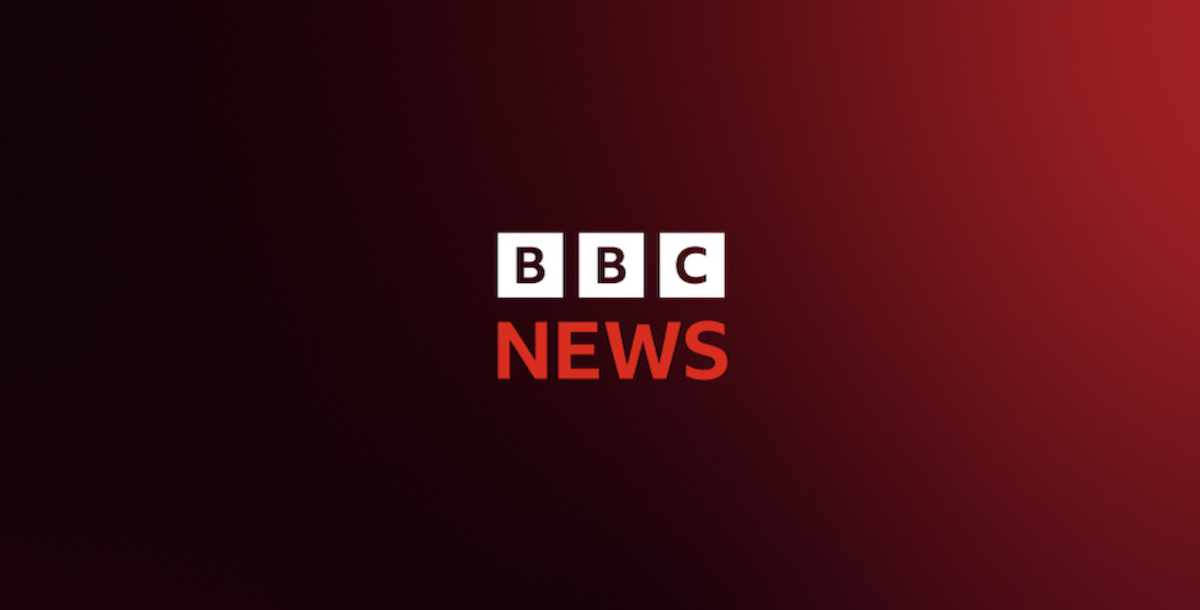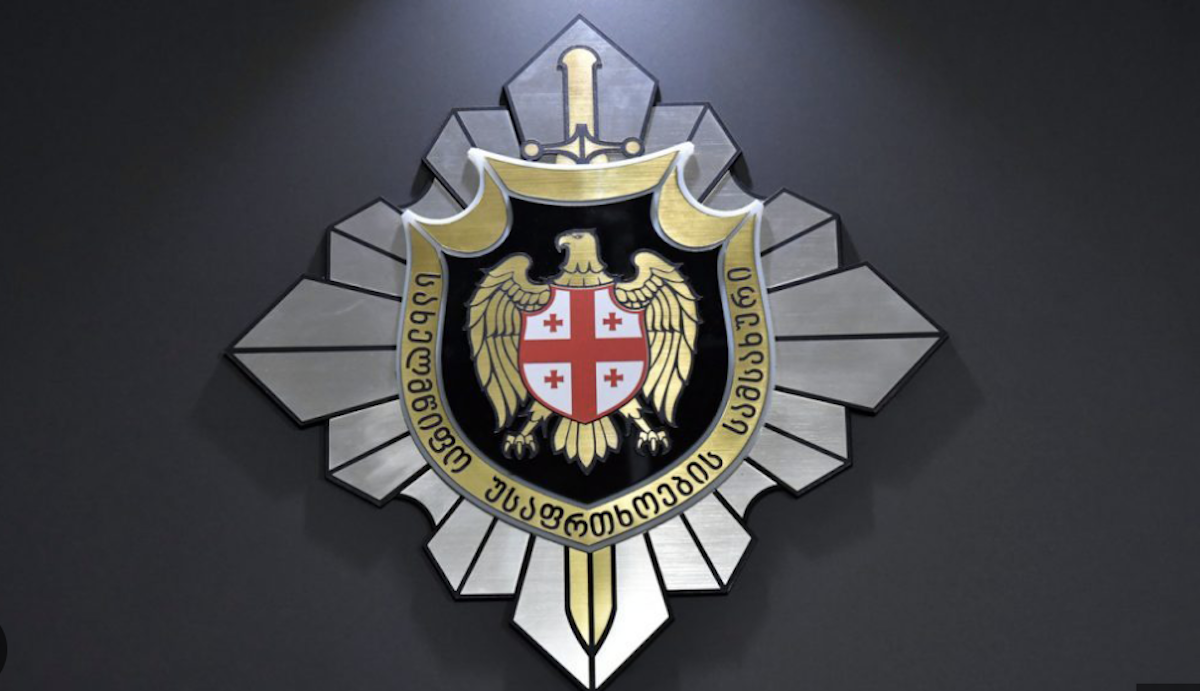Starlink arrives in Armenia: backup internet for mountainous regions and military
Starlink in Armenia
Thanks to the launch of the global satellite communication system Starlink, Armenia will now have access to “fast and stable internet” not only in major cities but also in the country’s most remote areas. The news was first announced by Starlink itself on social media platform X: “Armenia has become the 130th country, territory or market in the world where high-speed internet is available.”
Starlink is a global satellite constellation developed by SpaceX, the company owned by Elon Musk. Its purpose is to provide access to high-speed broadband satellite internet in areas where connections have been unreliable, expensive, or entirely unavailable. The project began development in 2015, and by 2020 SpaceX started offering commercial internet services in northern parts of the US and Canada. As of 2024, Starlink had over 3 million subscribers.
Armenia currently receives its external internet traffic through two cables that pass through neighbouring countries. Given the unresolved conflict with Azerbaijan, there is always the risk of sabotage or communication loss. In this context, Starlink’s arrival is seen as a game changer—not just a new provider, but a strategic backup system that could shift the balance.
Experts describe Starlink’s entry into Armenia not as a revolution, but an evolution. They explain that it won’t compete with fibre-optic operators or push out local companies but will instead “fill the gaps.” In other words, Starlink is a safeguard against outages and blockades. For mountain villages, it offers a lifeline to the outside world; for the military, it provides support on the front line; and for civilians, it represents digital independence, according to local analysts.
Two cybersecurity experts discussed the implications of this development with JAMnews.
- ‘Many in Armenia are careless with their personal data’ – expert
- Tax authorities gain access to bank accounts of Armenian citizens: Benefits and risks
- Meta removed over a hundred fake Russian propaganda accounts targeting Georgia, Armenia, and Azerbaijan
Samvel Martirosyan, cybersecurity expert
Internet where there was none
“Armenia is a mountainous country. Although mobile coverage is available in most areas, its quality often leaves much to be desired. Extending fibre-optic cables to remote areas is expensive and difficult. Starlink’s satellite internet solves this problem. Now residents of highland regions will have stable access to the network.”
A military asset
“From a defence perspective, Starlink is essential — a real breakthrough. The frontline in Armenia runs through hard-to-reach mountainous areas where conventional communication is unreliable. Military operations require stable internet. So a satellite network could be a lifeline.”
Uncensored internet
“For ordinary citizens, Starlink isn’t just about access — it’s also about freedom. Starlink provides internet that’s independent of local providers. That means it’s not subject to blocking, censorship, or surveillance by security services.”
Not a competitor, but a supplement
“At the same time, Starlink is unlikely to become a mass-market competitor to local providers. Internet in Armenia is already inexpensive. Fibre-optic packages with IPTV [interactive digital television] from local operators cost less and offer more services. Starlink isn’t for cities with good connections. It’s for those who need a backup option, or live in places beyond the reach of traditional networks.”
Weather may affect the signal
“But there are caveats. Satellite internet is sensitive to weather conditions. Bad weather can weaken the signal. So no one’s planning to abandon cable connections. Starlink is part of a diversified communications system that makes Armenia more resilient to crises. While the country won’t become fully independent from its neighbours, through whose territory the cables run, it will gain a crucial backup channel.”
Artur Papyan, cybersecurity expert
Safe from “Georgian grandma” — and more
“In Armenia, people still chuckle when they recall the story of the Georgian grandma who, a few years ago, dug up a cable in her garden, sold it for scrap, and left the entire country offline.
The 75-year-old Georgian citizen accidentally cut through a fibre-optic line while searching for copper near the village of Ksani in the Mtskheta region. That cable, owned by the Railway Telecom company, carried internet traffic from Europe to Armenia.
Or think back to Artsakh. When Azerbaijan blockaded Nagorno-Karabakh, they also cut communications. People were completely cut off from the outside world. Of course, Starlink can’t guarantee uninterrupted service—its signal can be jammed—but it adds another layer of protection.
Today, Armenia relies on two main cables—via Georgia and Iran—to stay connected to the world. If either goes down, all the pressure falls on the other operator, severely degrading quality. That’s where Starlink steps in.”
Affordable backup in times of crisis
“Starlink won’t replace conventional internet, but it can cover the gaps when traditional networks fail.
That’s especially important for mission-critical organisations—like financial institutions or IT companies that require stable, high-quality internet.
I initially connected to Starlink as a U.S. subscriber through roaming, but now I’ve switched to the Armenian plan. I’m now paying almost half the price—24,000 drams [$62] a month for unlimited high-speed internet. I also paid 200,000 drams [$515] for the equipment. But I’ve kept my 8,000-dram [$20] fibre connection as well—as a backup. For me, Starlink isn’t a replacement but a reliable plan B.
Overall, the country is clearly aiming to diversify its communications infrastructure. But even with Starlink, Armenia won’t become fully independent from its neighbours.”
Internet in mountains
“Broadband and 4G internet are already available in nearly every part of Armenia—99% of settlements, with each one served by at least two mobile operators. According to the International Telecommunication Union (ITU), the country has about 200 internet providers. And prices here are so low that Europe and the US could only dream of them.
But in hard-to-reach places—mountains and hiking trails—Starlink has the edge. Tourism companies might want to consider using it to connect exclusive trekking spots.”




















